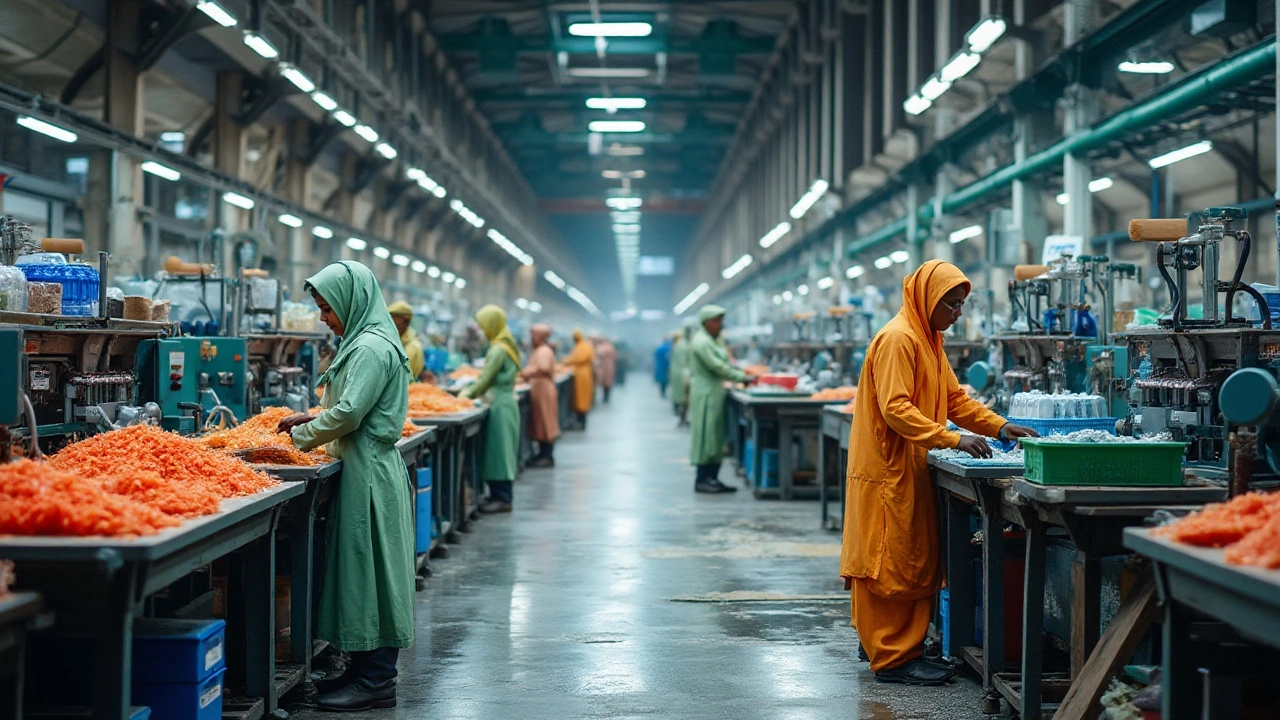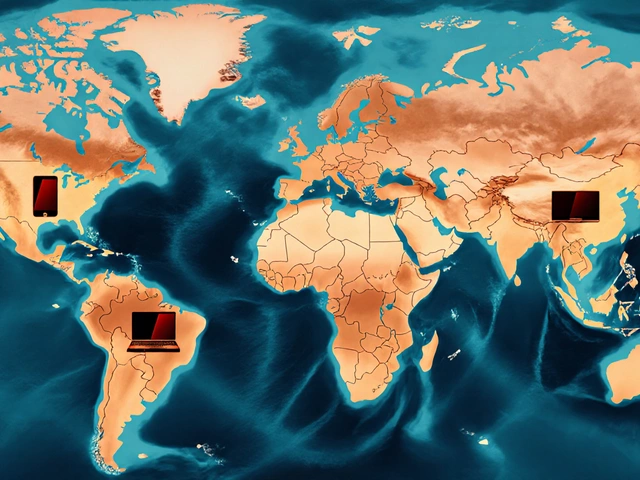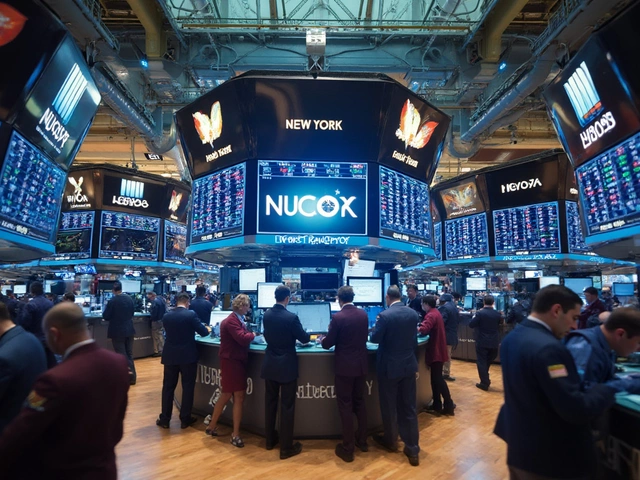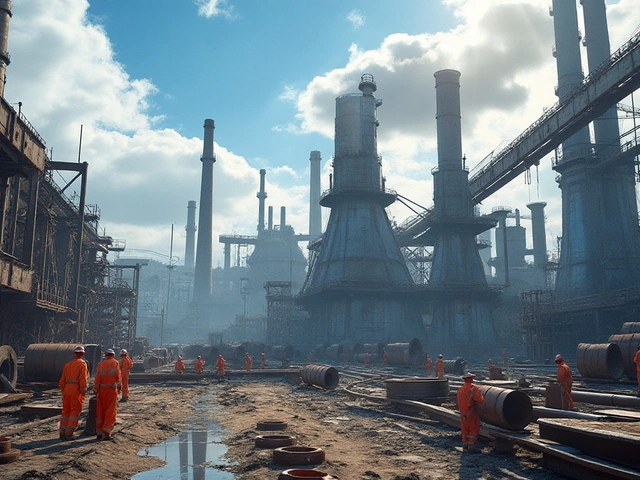Global Plastic Companies
When you hear global plastic companies, the firms that design, produce, and distribute plastic products worldwide. Also known as multinational polymer manufacturers, they shape everything from kitchenware to automotive parts. These firms don’t operate in a vacuum; they feed into the broader ecosystem of single-use plastics, disposable items made mainly from polymer resins that are used once and then discarded. The sheer volume of these items drives demand for specific polymers, especially polypropylene (code 5 plastic), a versatile thermoplastic used in food packaging, automotive components, and textiles. Production of polypropylene is a cornerstone for many global plastic giants because it balances cost, durability, and ease of recycling. At the same time, the rise of these companies has a darker side: they are a major source of plastic pollution, the accumulation of plastic waste in the environment that harms wildlife, ecosystems, and human health. Understanding how these entities interact helps reveal why the plastic supply chain matters far beyond the factory floor.
Why the Landscape Matters Today
global plastic companies are not just manufacturers; they are the hub of a network that includes raw material suppliers, recycling firms, and end‑user industries. The first major relationship is with raw material sourcing: most large players secure petroleum‑based monomers from a handful of global oil producers, which ties their fortunes to volatile energy markets. Second, they rely on advanced polymer processing technologies—extrusion, injection molding, and blow‑molding—to turn resin pellets into finished goods at scale. Third, the output of these processes feeds directly into the single‑use plastics market, where fast‑moving consumer goods dominate volume. This market pressure pushes companies to prioritize low‑cost production, often at the expense of sustainability. However, regulatory pressure and consumer awareness are shifting the equation, prompting many firms to invest in recycling infrastructure and develop bio‑based alternatives. The resulting dynamic creates a feedback loop: better recycling reduces raw material demand, which can lower production costs and lessen environmental impact.
Our collection of articles below drills into each of these connections. You’ll find deep dives on how multinational firms manage supply chains for polypropylene, case studies of companies transitioning away from single‑use products, and analyses of the latest policies targeting plastic pollution. Whether you’re a supplier looking to partner with a major player, an investor weighing the sustainability credentials of a plastic giant, or a consumer curious about where your everyday items originate, the posts ahead give you the facts, numbers, and real‑world examples you need to make sense of the global plastic industry.

Discover the leading giants in the plastic manufacturing industry, a critical sector shaping modern economies worldwide. This article explores the top global players, detailing their innovations, markets, and the impact they have on everyday consumer products. It's an insightful dive into how these companies navigate challenges such as sustainability and environmental concerns. Uncover interesting facts about their production techniques and strategic market presence. Whether you're involved in the industry or just curious about how ubiquitous plastics are made, there's valuable information for everyone. (Read More)








